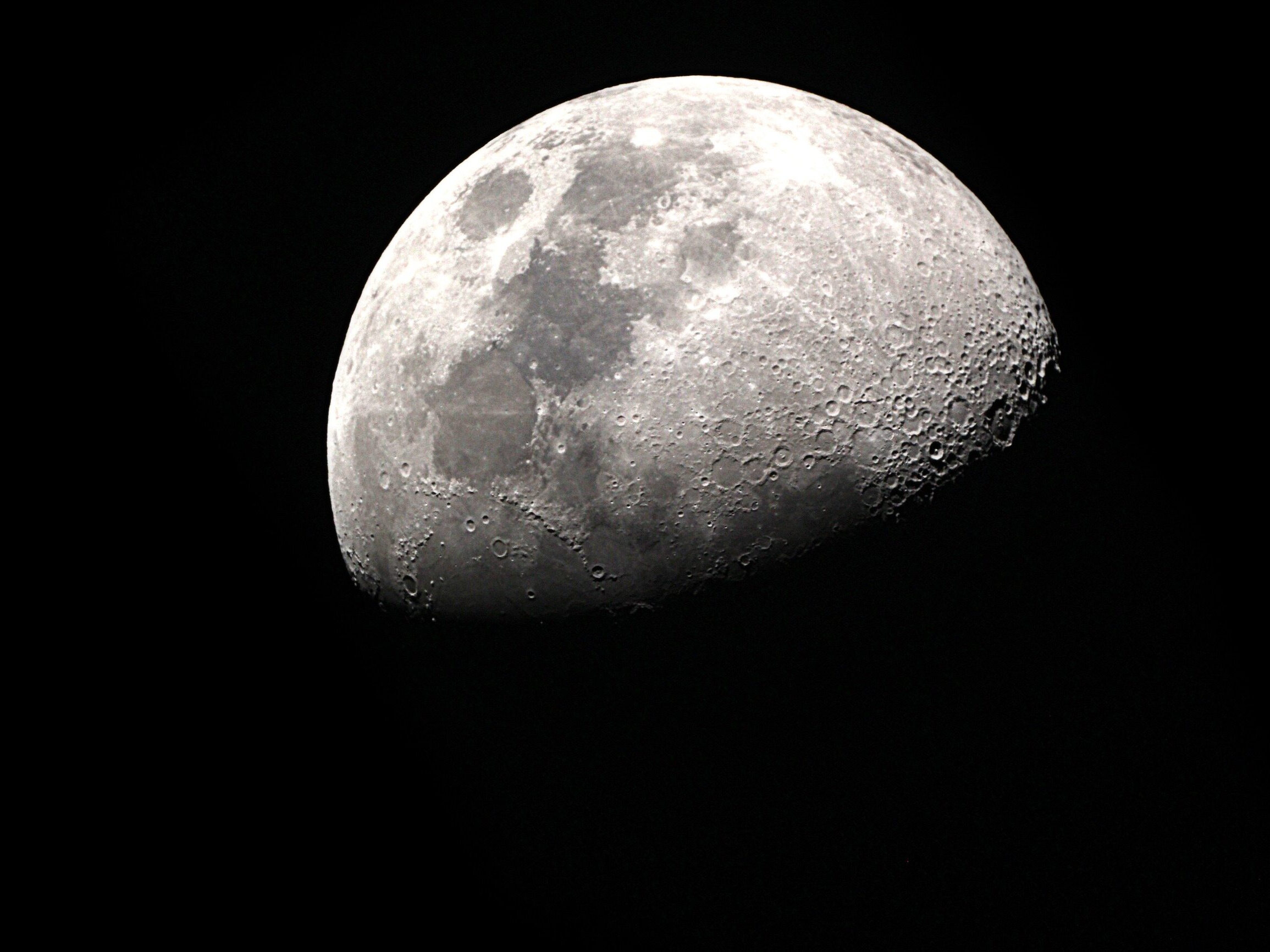This is the invisible side of the moon. The great discovery of scientists

A recent discovery could change how we think about the moon. Researchers have found a previously unseen formation beneath the surface of the Silver Globe. It sheds new light on theories about the Earth’s natural satellite.
Recent scientific discoveries point to a different history of the Moon than that previously established by researchers. As it turns out, the far side of the Silver Globe was highly volcanically active, similar to Earth, although it had previously been ruled out. How is this possible?
NASA has found a new formation on the moon – it’s proof of the existence of volcanoes
It all started with data collected by a NASA satellite. The Lunar Reconnaissance Orbiter is an American probe that has been observing the Silver Globe for many years. This time, the machine collected accurate data on the distribution of temperatures in individual regions.
The data was analyzed by a team of scientists from Stony Brook University (SBU) and the Planetary Science Institute (PSI). Beneath the Compton and Belkowicz craters, a 50-kilometre-wide hotter area has been spotted that is most likely heat-reflecting granite. Granite is an igneous rock, which clearly indicates that there were numerous volcanoes on the moon that closely resembled those on Earth.
Although granite is present on Earth in large quantities, it is extremely rare in the scale of the universe. So far, in more than 360 kilograms of samples from the Moon, scientists have found only traces of this rock. Now a huge field has been discovered, clearly indicating the presence of volcanoes about 3.5 billion years ago.
Granite on the moon surprises scientists
“Typically, the formation of granite involves the movement of tectonic plates or aquifer magma. While the interior of the Moon contains trace amounts of water, the Earth’s satellite has never undergone plate tectonics, points out Professor Timothy Glotch from SBU.
He is echoed by Matthew Siegler of the Planetary Science Institute. He recalls that every large tract of granite on Earth once fed magma to large clusters of volcanoes.
“The so-called batholiths are much larger than the surface volcanoes they feed. The entire Sierra Nevada mountains in the USA are a batholith that fed a chain of volcanoes in the western United States – explains the expert.
The new discovery shatters theories that have been put forward about the moon’s past. Earth-style volcanic activity was pretty much ruled out due to the lack of water and the movement of our satellite’s plates. Currently, scientists are trying to explain how the large field of granite could have formed in yet another way.






